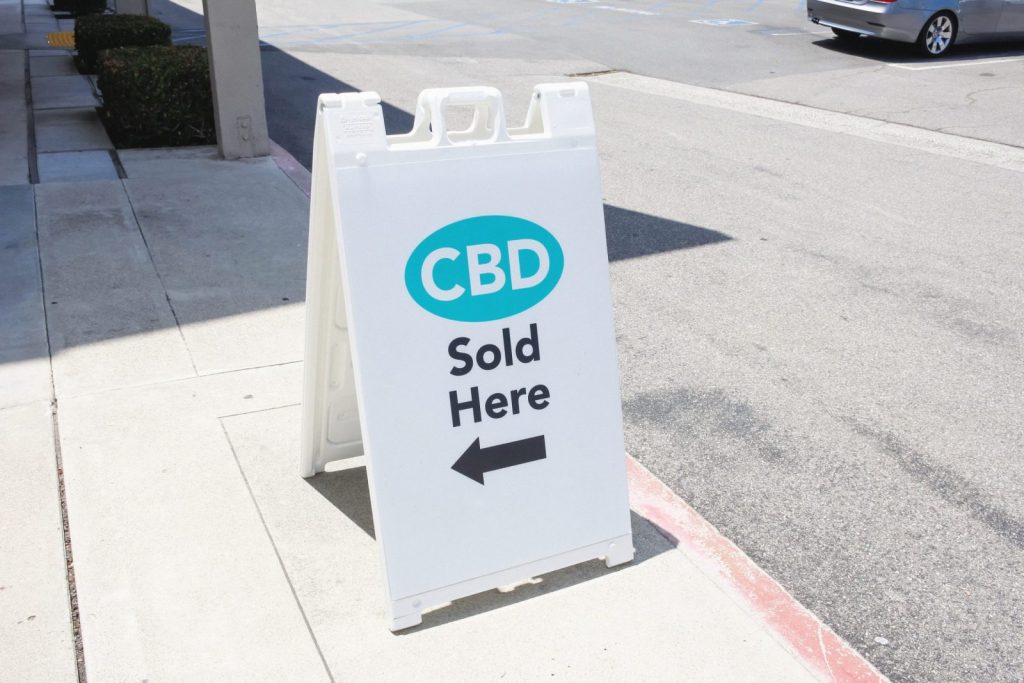
Cannabidiol has become one of the hottest product categories in years. Geo-fencing can be a powerful tool to help you gain market share in a crowded space.
Few recent products have captured the world’s imagination like CBD. In just a few short years, CBD has gone from largely unheard-of to a staple of retailers across North America. Consumers can buy CBD oils and gummies, or have their food and beverages (or even their pet treats) infused with CBD.
With extraordinary growth comes significant competition, however. One of the core challenges for any CBD brand is competitive differentiation. Marketing, of course, is one of the most tried-and-true methods for differentiating your brand and acquiring new business.
There’s another tool in the modern marketing arsenal that can pay significant dividends for CBD brands: Geo-fencing. Let’s take a closer look at what geo-fencing is, how it works and why geo-fencing for CBD can be a game-changer for your brand.
A Crash Course in Geo-fencing Technology
CBD may be the buzziest product category in years, but mobile technology is certainly no stranger to world-shaking hype and impact. Geo-fencing takes mobile marketing to the next level. It allows businesses to advertise to customers within a pre-defined geographic boundary by harnessing GPS satellite data and radio frequencies.
GPS satellites communicate with Bluetooth-enabled mobile devices. These devices contain computer chips that use radio waves to connect. When a potential customer enters a pre-defined area (within one mile from a shop, for example), her precise location is pegged via communication between her smartphone and orbiting GPS satellites.
Once this occurs, and a prospective consumer is within range, push notifications and tailored ads can be transmitted to that user’s device.
The Benefits of Geo-fencing
Geo-fencing allows for hyper-targeted marketing messages delivered to consumers who are in proximity to the businesses targeting them. Because of this, it is a highly effective tool, and one that can drive an enormous amount of foot traffic when deployed properly.
In addition to boosting foot traffic and sales, geo-fencing helps brands develop more personalized marketing messages, engage with consumers when they are ready to buy and derive key analytical insights. Geo-fencing data can reveal who enters your business, how long they spend inside, their sales, how often they visit and other important metrics.
One tip: Brands should remember to keep their geo-fending boundaries fairly limited (no more than a five-minute travel radius). The effectiveness of this technique drops the further out the boundary is drawn, for obvious reasons.
Why Geo-fencing for CBD Brands is a Natural Fit
Because CBD sales were only made legal in 2018, many CBD brands are still very small and may not have vast resources available for marketing and advertising. Fortunately, the barrier to entry for geo-fencing is quite low, both in terms of financials and required expertise. This makes it a strong fit for many CBD firms still in the bootstrapping phase.
Additionally, as mentioned above, CBD is a fragmented market. There has not been enough time for consumer loyalty to truly develop, which means that market share is very up for grabs. Given the power of geo-fencing to create personalized and relevant content and drive foot traffic and sales, it serves as an ideal tool for CBD companies seeking to establish early market positioning, grab market share and start building consumer loyalty.
Finding the Right CBD Marketing Partner
At Bigeye, we have a sophisticated understanding of how to apply geo-fencing for CBD brands, and we have the tools to help you develop your next great marketing campaign. Don’t hesitate to contact us today to learn more about how we can help you develop a cutting-edge geo-fencing for CBD campaign.



